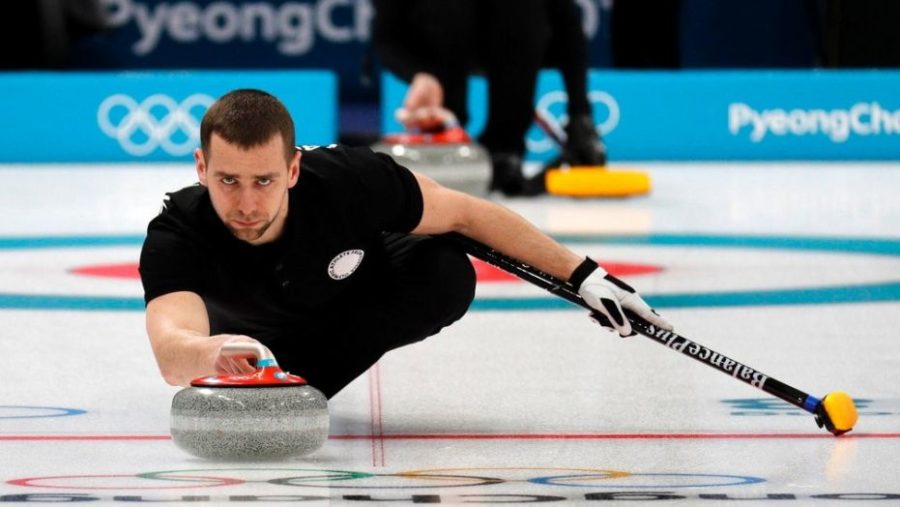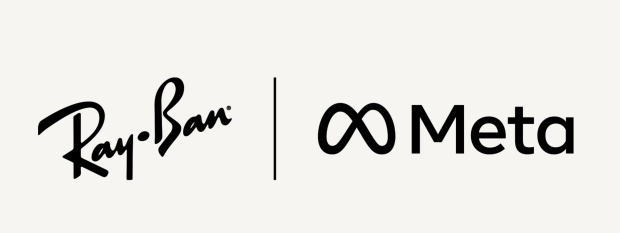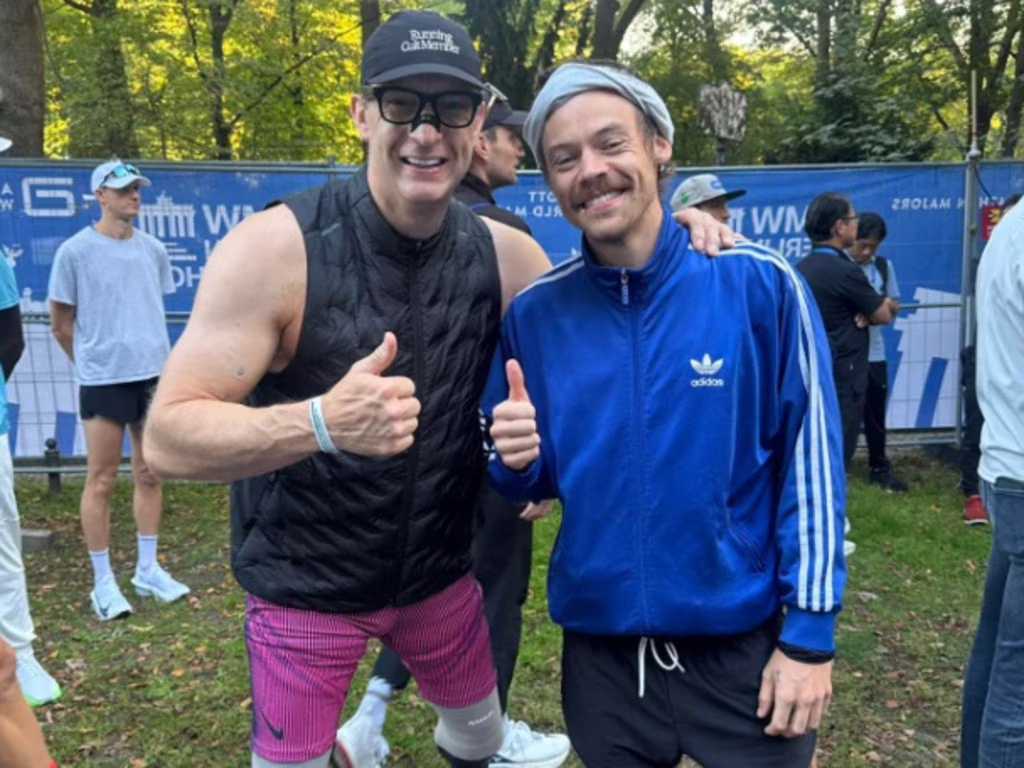Russian Athlete Found Doping, In Spite of Ban
March 9, 2018
The 2018 winter Olympics have been the biggest event this February, breaking records and drug regulation rules. The twenty-five-year-old Olympic athlete from Russia, Alexander Krushelnitsky, had won Bronze in curling, but later failed a routine drug test. Traces of Meldonium were found in his system.
In the 2016 Olympics in Rio, Russia was caught doping their athletes and earning a ban on allowing athletes to represent Russia in this years winter Olympics. Athletes from Russia carried a neutral Olympic flag, not allowed to have any other their equipment or uniforms represent the Russian flag in any way, and not allowed to play their national anthem in the medal awarding podium. However, the International Olympic Committee was considering allowing Russia to march under their flag in the closing ceremony.
All was going well, and at the mixed doubles curling match and Russian athlete, Krushelnitsky, and his partner Anastasia Bryzgalova, had earned Russia their first medal in curling. However, after this proud moment, Krushelnitsky was accused of doping with meldonium on February 18th. Meldonium is a heart drug that boosts endurance and was banned after the 2016 Olympic games.
The Anti-doping Division of the Court of Arbitration for Sport had opened a case, on February 19th, against Krushelnitsky. Krushelnitsky had told a Russian officials that another teammate,” who was not selected for the Winter Olympics spiked his drink with meldonium at a training camp before he traveled to South Korea.” Despite this accusation, the final verdict found him guilty of breaking the anti-doping regulations. Krushelnitsky and his partner Anastasia Bryzgalova were both stripped of their Bronze medals.
It is a disgusting and heart-breaking moment when an athlete is found doping. The International Committee had stated, “On the one hand it is extremely disappointing when prohibited substances might have been used, but on the other hand it shows the effectiveness of the anti-doping system at the Games, which protects the rights of all the clean athletes”.












